 Local and national developments show positive signs for America’s oft-criticized national passenger railroad company, Amtrak. A railroad reform bill introduced in the Senate contains many positive changes for Amtrak and local support continues to grow for increased service on Cincinnati’s tri-weekly train to Indianapolis and Chicago.
Local and national developments show positive signs for America’s oft-criticized national passenger railroad company, Amtrak. A railroad reform bill introduced in the Senate contains many positive changes for Amtrak and local support continues to grow for increased service on Cincinnati’s tri-weekly train to Indianapolis and Chicago.
The Railroad Reform, Enhancement, and Efficiency Act of 2015 (RREEA, S.1626) was introduced by Senators Cory Booker (D-NJ) and Roger Wicker (R-MS) to improve Amtrak service across the nation. The bill addresses several different issues for the railroad, including expansion, funding, and leadership. It also provides an increase in funding levels for the railroad through 2019.
In terms of leadership, the legislation would reorganize the board of directors for the railroad, with two representatives for the heavily traveled Northeast Corridor, two for long-distance routes (the Cardinal), and two for state-supported lines. There would also be one “floating” member.
The RREEA also includes several sections that fuel possible future expansion of the national rail network by establishing a committee to facilitate communication and cooperation between states and Amtrak on state-supported routes. In addition, it would require Amtrak to work with an independent agency to evaluate all routes and review possible elimination of routes, expansion or extension of current routes, or the establishment of new ones.
While calling this clause problematic, the National Association of Railroad Passengers acknowledges that this text includes a “comprehensive framework for analyzing a route that recognize the unique benefits rail service provides.”
Section 301 of the act explicitly requires that the Department of Transportation set up a program to assist the operating costs of launching or restoring passenger rail transportation. The section seems to be a nod towards the amount of routes cut from the system over Amtrak’s 40-plus years of operation.
Additional clauses provide mechanisms for cooperation between states and the federal government, when it comes to addressing the backlog of capital projects within the system, Amtrak’s money-losing food service, and the restoration of service along the Gulf Coast, a line that has been out of commission since Hurricane Katrina in 2005.
After the deadly derailment in Philadelphia in May, safety across the network is a major component of this legislation.
Both sponsoring senators touted the bipartisan nature of the bill and Senator Wicker’s office released a statement identifying the national passenger rail system as an “integral part of our overall transportation structure and our economy,” and thanking Senator Booker for his support and help in creating the bill.
The Senate Committee on Commerce, Science, & Transportation voted on July 13 to include the RREEA Act into the broader transportation bill, the Comprehensive Transportation and Consumer Protection Act of 2015 (S.1732).
In the Cincinnati metropolitan area, support continues to grow for the expansion of rail service in the area, especially to Chicago.
The City of Hamilton recently applied to Amtrak for a stop and has passed a resolution of support for increased service. Nearby in Oxford, home of Miami University, initial approvals have been set to create a station for Amtrak, and efforts are currently underway to identify the exact location for that facility.
The effort has also gained support from the University of Cincinnati Student Senate, when they passed a resolution 31-1 in support of increased rail service to Chicago, citing Chicago as “an important transportation hub for students’ co-op travels, as well as an economic destination for students, staff, and faculty alike.”
According to All Aboard Ohio’s Southwest regional director, Derek Bauman, the UC student government president is also coordinating with other local university student governments to obtain resolutions of support; and in addition to Hamilton, both Norwood, where Amtrak employs local workers, and Wyoming, where the Cardinal line runs through, have also passed resolutions of support for increased passenger rail service.
Hamilton County commissioners also unanimously approved a resolution pursuing a feasibility study.
Going forward, Bauman says that there will be a need for increased cooperation and support from local Metropolitan Planning Organizations along the route. In Columbus, the Mid-Ohio Regional Planning Commission (MORPC) has actively supported the implementation of a Columbus-Ft. Wayne-Chicago rail line; and in Northeast Ohio, a consortium of local MPOs have banded together and formed a sub-group to support increased rail service to the region.
From here, leadership at All Aboard Ohio says that they hope the OKI Regional Council of Governments will take a similar approach on behalf of the Cincinnati region.
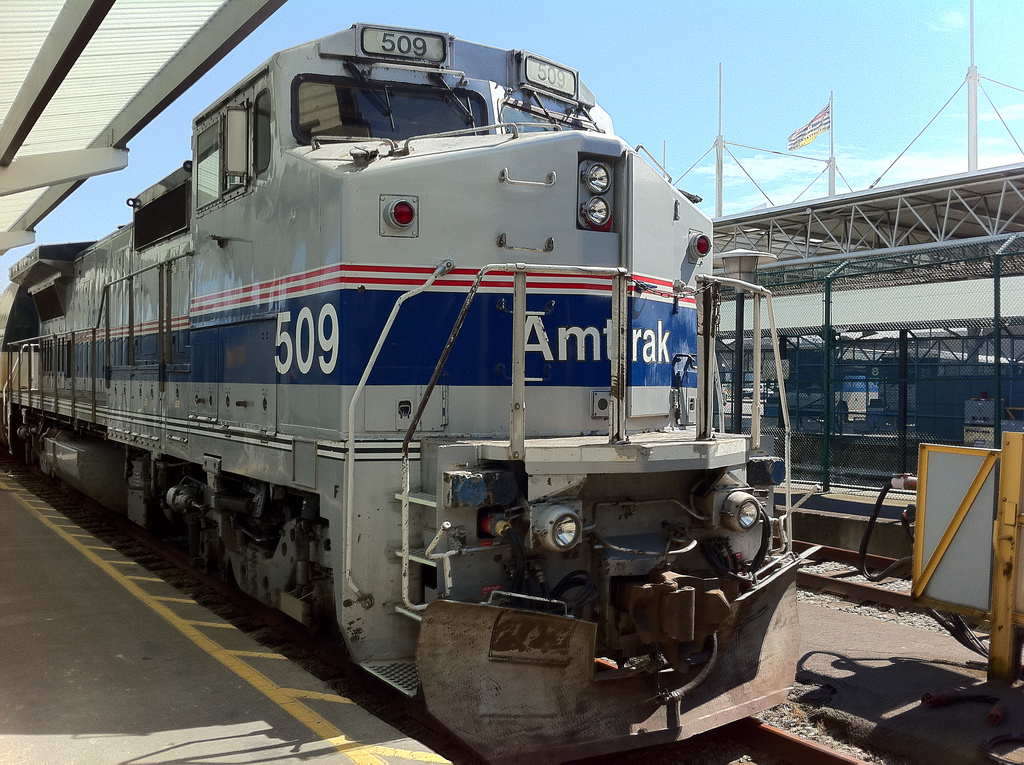
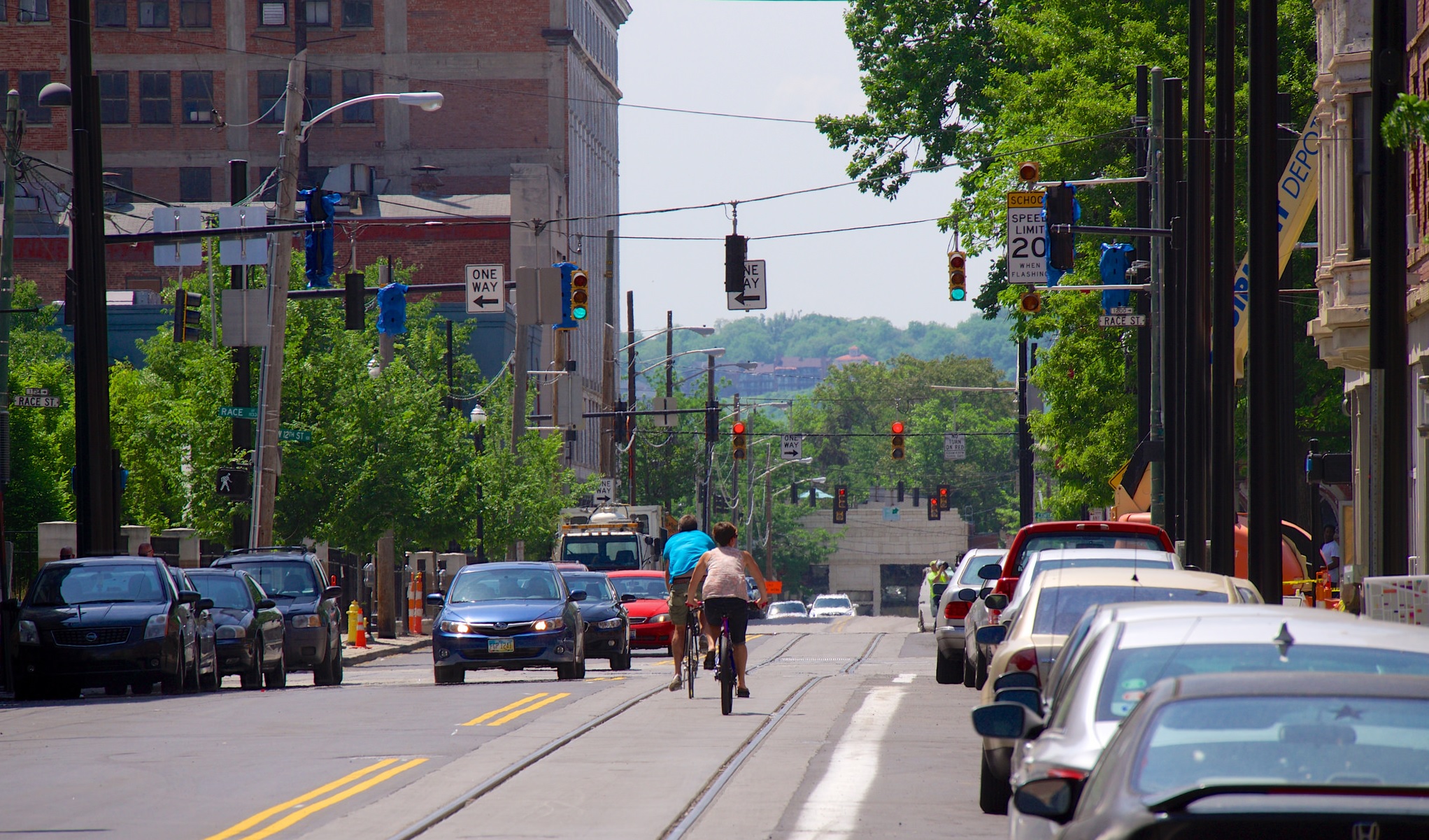
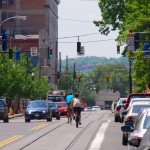
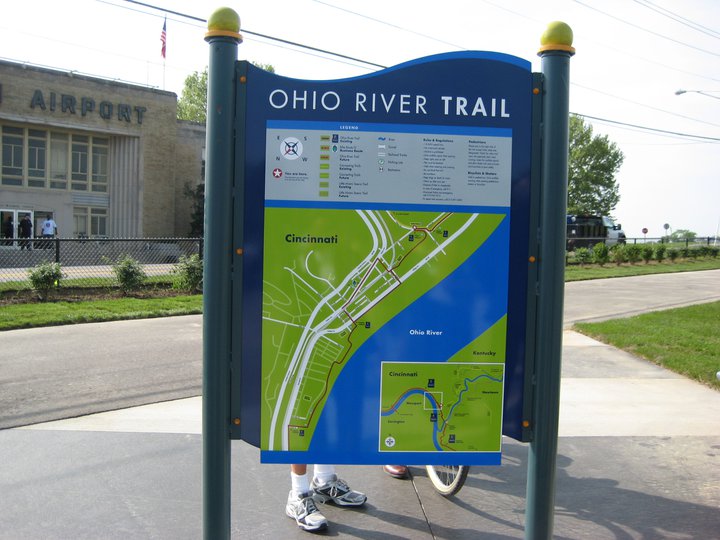




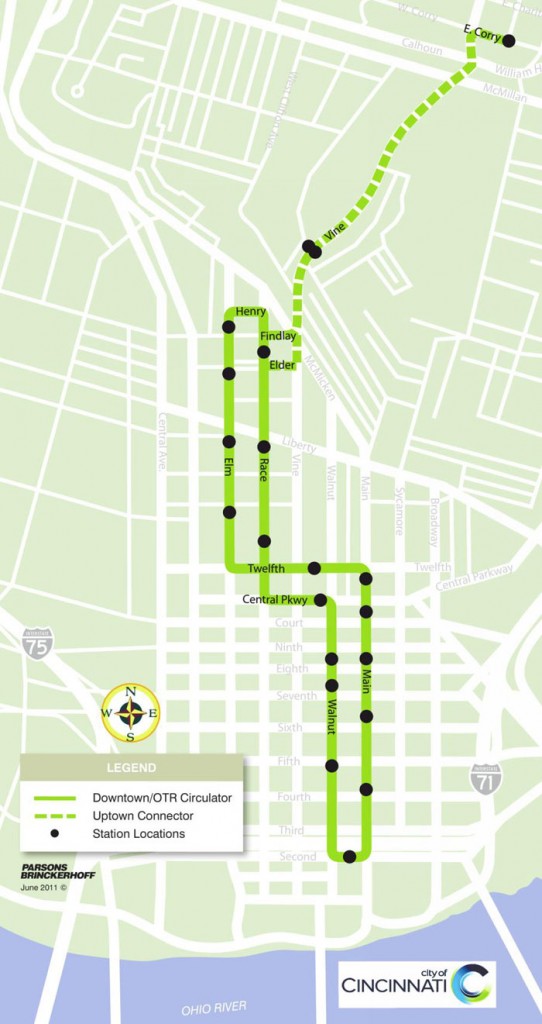 cording to officials at the
cording to officials at the